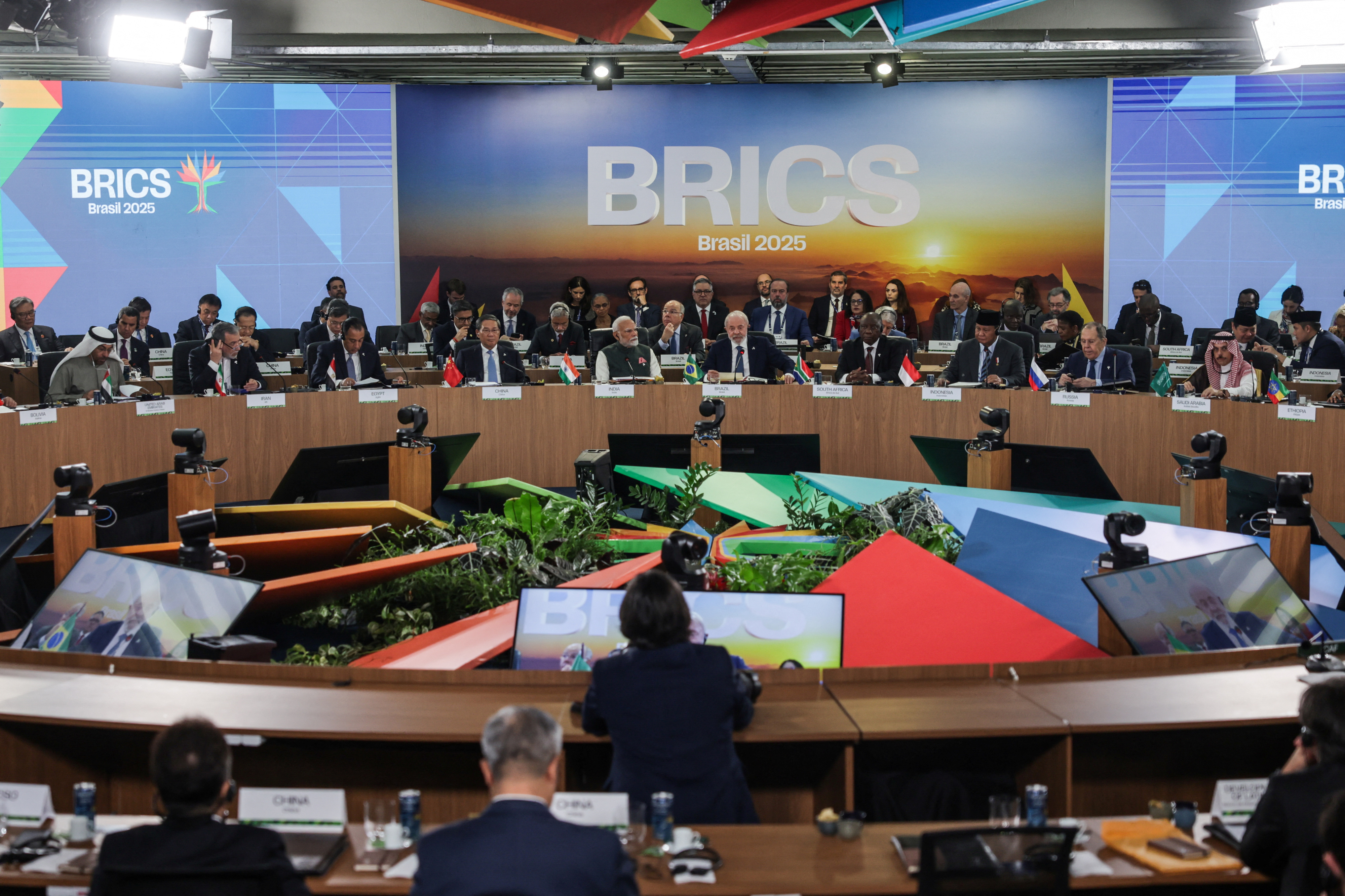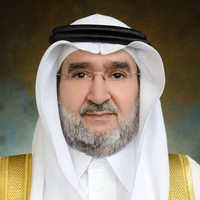Keeping Focus in an Expanding BRICS
The BRICS, whose membership has grown to ten with the addition of Indonesia, represents a diverse political and economic group. It is bound together by two elements: a desire to have a greater say in the institutions of global governance, and an imperative to reduce its member countries’ dependence on the current financial system that makes them vulnerable due to the role of the U.S. dollar as a reserve currency.
Some of the most concrete proposals from this year’s BRICS summit included reforming the global financial architecture. Two points call for specific mention. The first is a set of concrete recommendations on international financial institutions reform, which were set out in a document, “BRICS Rio De Janeiro Vision for IMF Quota and Governance Reform” [PDF]. Among other items, the document calls for an increase in basic vote shares to represent low-income countries in a more balanced way, and for quota realignment to reflect members’ relative positions in the global economy while protecting the quota shares of the poorest members.
The second was the proposed establishment of a BRICS Multilateral Guarantee Initiative, which would provide tailored instruments to de-risk strategic investment and improve creditworthiness in developing economies. That initiative would be piloted by the New Development Bank, a multilateral development bank established by the BRICS in 2015. In a more constrained global financing environment, one where geopolitical considerations will become more prevalent in investment decisions, such an initiative could help close the gap between the perceived risk and investment opportunities in developing countries.
However, the addition of new members has also changed the dynamics within the group, which was clearly evident in the foreign ministers meeting that preceded the summit, in April 2025.
In contrast to previous years, this year’s foreign ministers meeting failed to issue a joint statement because of disagreements regarding the reform of the UN Security Council. Historically, that statement had recognised the aspirations of Brazil, India, and South Africa to play a greater role in the Security Council, even though it had fallen short of endorsing their claims to a permanent seat. The Rio de Janeiro Declaration refers to the African Union’s Ezulwini Consensus, which called for two permanent seats with veto power for Africa on the Security Council, but mentions only Brazil and India’s aspirations to a greater role in the Security Council. Furthermore, some new members and partner countries have strong anti-Western positions, a stance which not all member states share.
As the BRICS brings more countries under its umbrella, it will need to develop new working methods to ensure it retains focus and effectiveness. It has positioned itself as a grouping that advances the interests of the Global South at a time when the region has become economically stronger. Areas of convergence for the BRICS include global governance reform, coupled with initiatives to reduce dependence or exposure to the U.S. dominated financial system, and diversification of economic relations.
That will not be easy. A United States that approaches international relations through a bilateral lens can compel countries to protect their national interests rather than working together. But it may also spur more to join a bloc increasingly perceived as having the heft to take on the superpower. Greater common purpose may be the outcome of an increasingly antagonistic global landscape.











